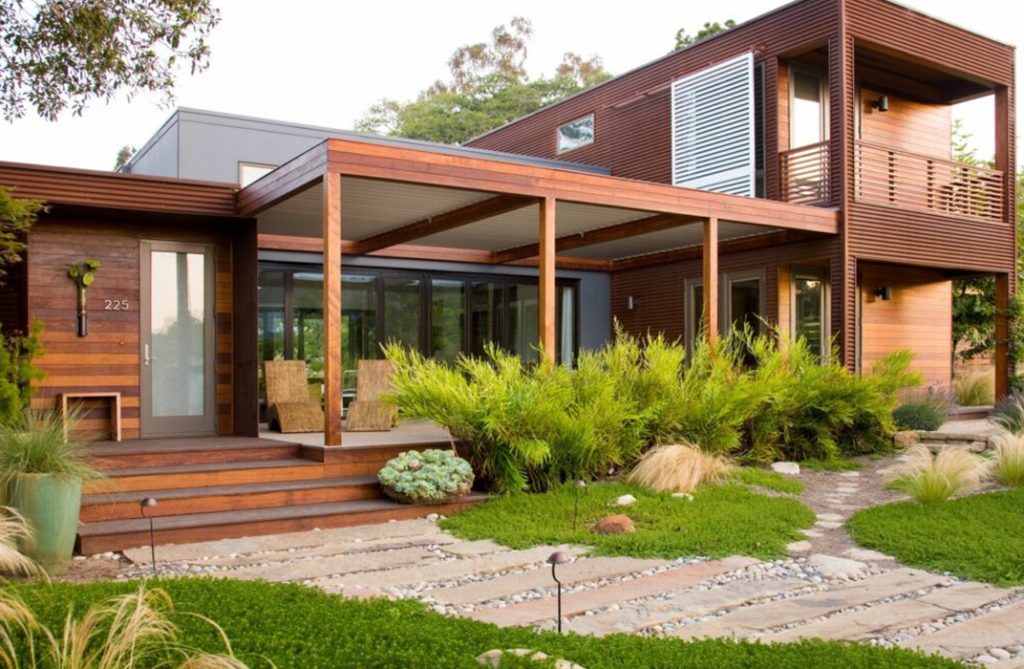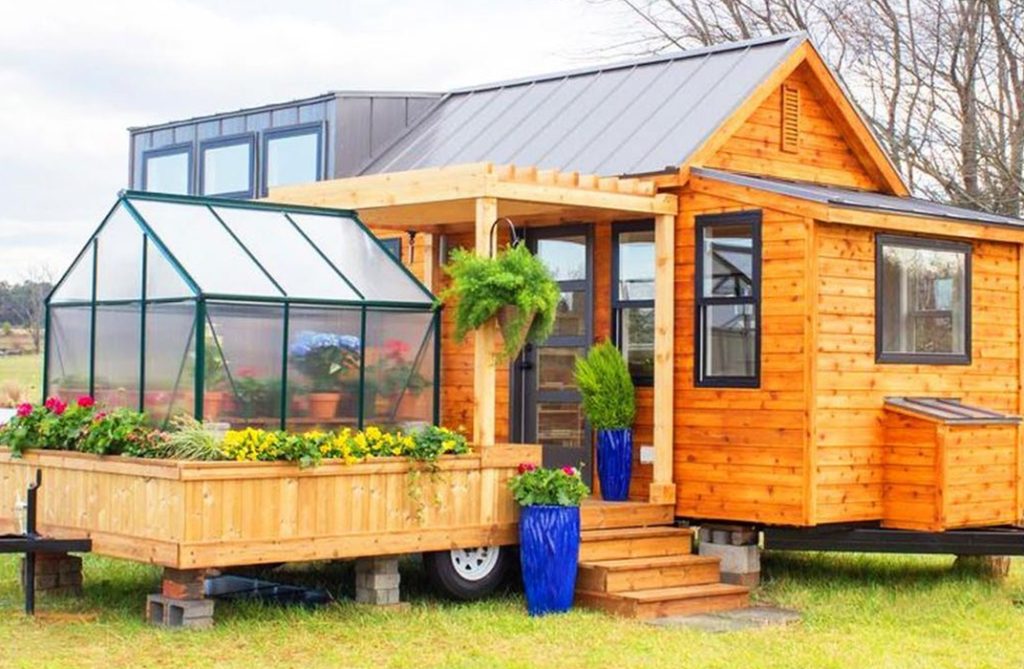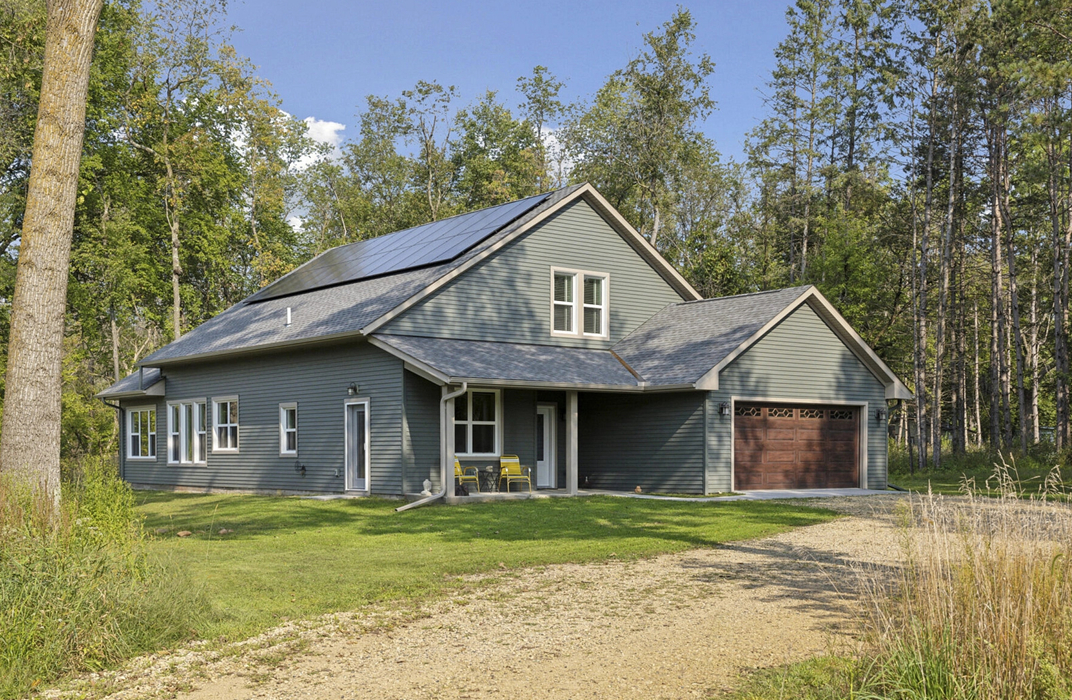How To Create An Eco-Friendly Home
Choosing sustainable materials is a fundamental aspect of building an eco-friendly home. Opt for products made from renewable resources such as bamboo, reclaimed wood, or recycled materials. These options minimize the use of new resources and reduce waste. Additionally, selecting low-VOC paints and finishes can improve indoor air quality, making your home safer for occupants.
Invest in energy-efficient appliances that consume less power while delivering the same performance. Look for appliances with the Energy Star label, which indicates they meet strict energy efficiency guidelines. Upgrading to LED lighting is another effective way to reduce energy consumption. These bulbs last longer and use significantly less electricity compared to traditional incandescent bulbs.

Water conservation is equally important in creating an eco-friendly home. Installing low-flow fixtures in bathrooms and kitchens can significantly reduce water usage without sacrificing performance. Rainwater harvesting systems can also be beneficial, allowing you to collect and reuse rainwater for irrigation or other non-potable uses. Additionally, xeriscaping your garden with drought-resistant plants can minimize the need for watering while maintaining an attractive landscape.
Incorporating smart home technology can enhance the eco-friendliness of your living space. Smart thermostats allow you to monitor and control your heating and cooling systems more efficiently, adjusting temperatures based on occupancy and time of day. Smart lighting systems can be programmed to turn off when not in use, further reducing energy waste. These technologies not only promote sustainability but also add convenience to your daily life.
Waste reduction is a crucial component of an eco-friendly lifestyle. Implementing a comprehensive recycling program in your home can help divert waste from landfills. Composting food scraps and yard waste is another effective way to reduce waste while creating nutrient-rich soil for your garden. Consider purchasing products with minimal packaging or those made from recycled materials to further support waste reduction efforts.
Creating a green indoor environment is essential for promoting health and well-being. Houseplants can improve indoor air quality by filtering toxins and providing oxygen. Choosing natural cleaning products or making your own can reduce exposure to harmful chemicals commonly found in commercial cleaners. This not only benefits the environment but also creates a safer space for your family.

Engaging in community initiatives can amplify your eco-friendly efforts. Joining local sustainability groups or participating in community clean-up events fosters a sense of shared responsibility for the environment. These activities also provide opportunities to learn from others and exchange ideas on how to live more sustainably.
Making conscious choices in materials, energy use, water consumption, and waste management, you can create a home that reflects your commitment to the environment. Embracing an eco-friendly lifestyle is not only beneficial for the planet but also enhances your living experience, creating a healthier and more sustainable home for you and your family.




